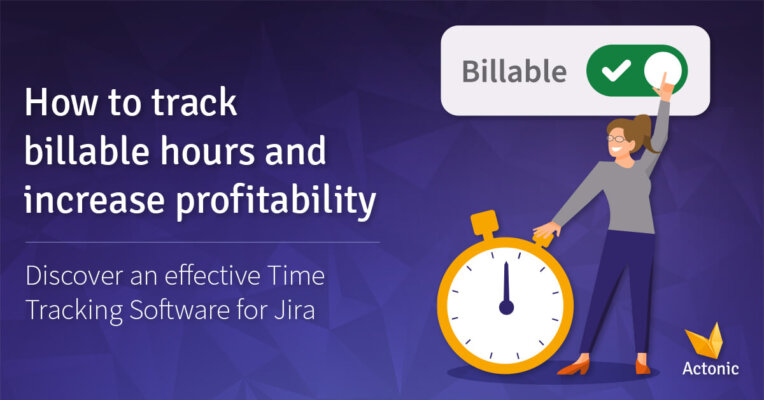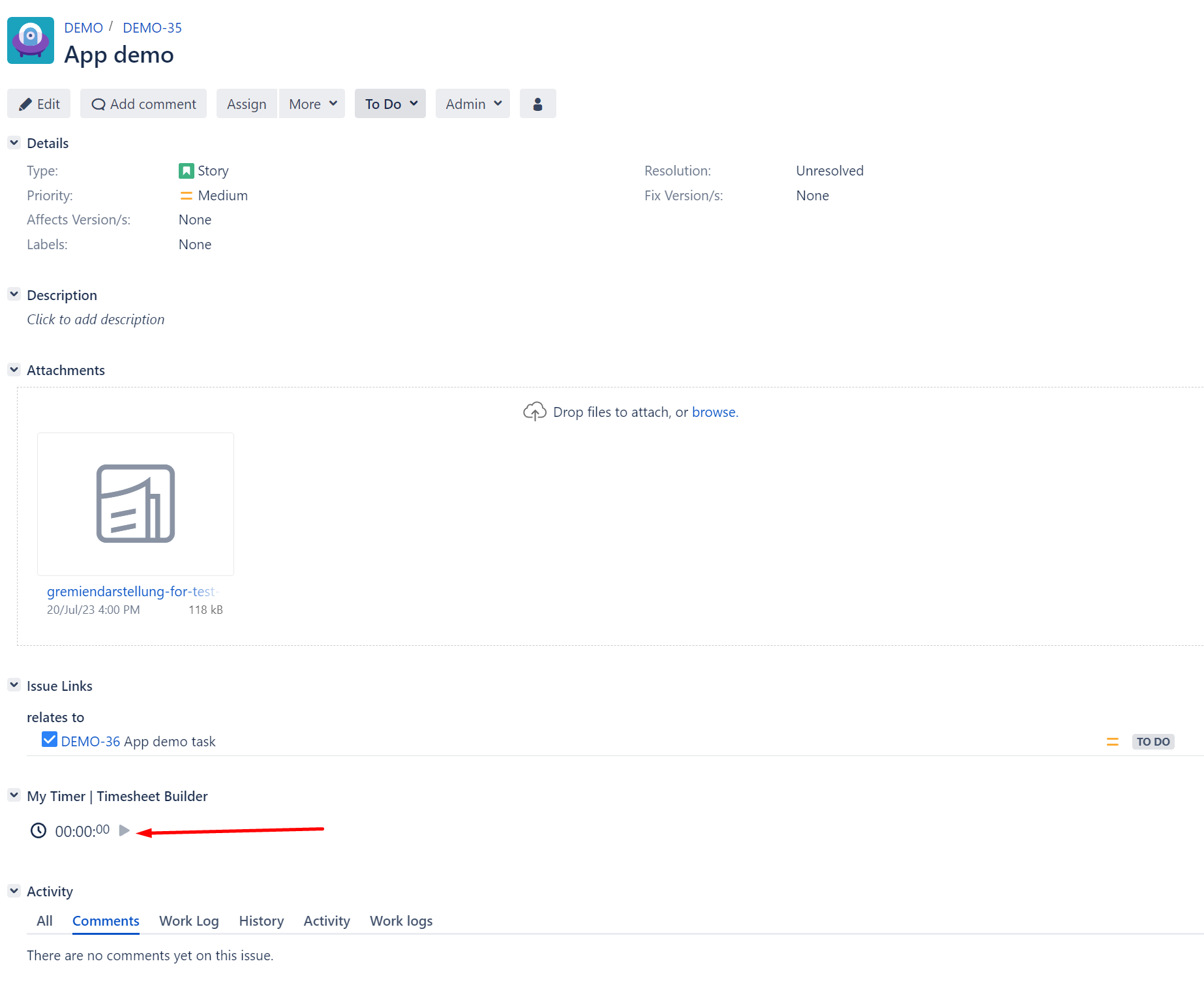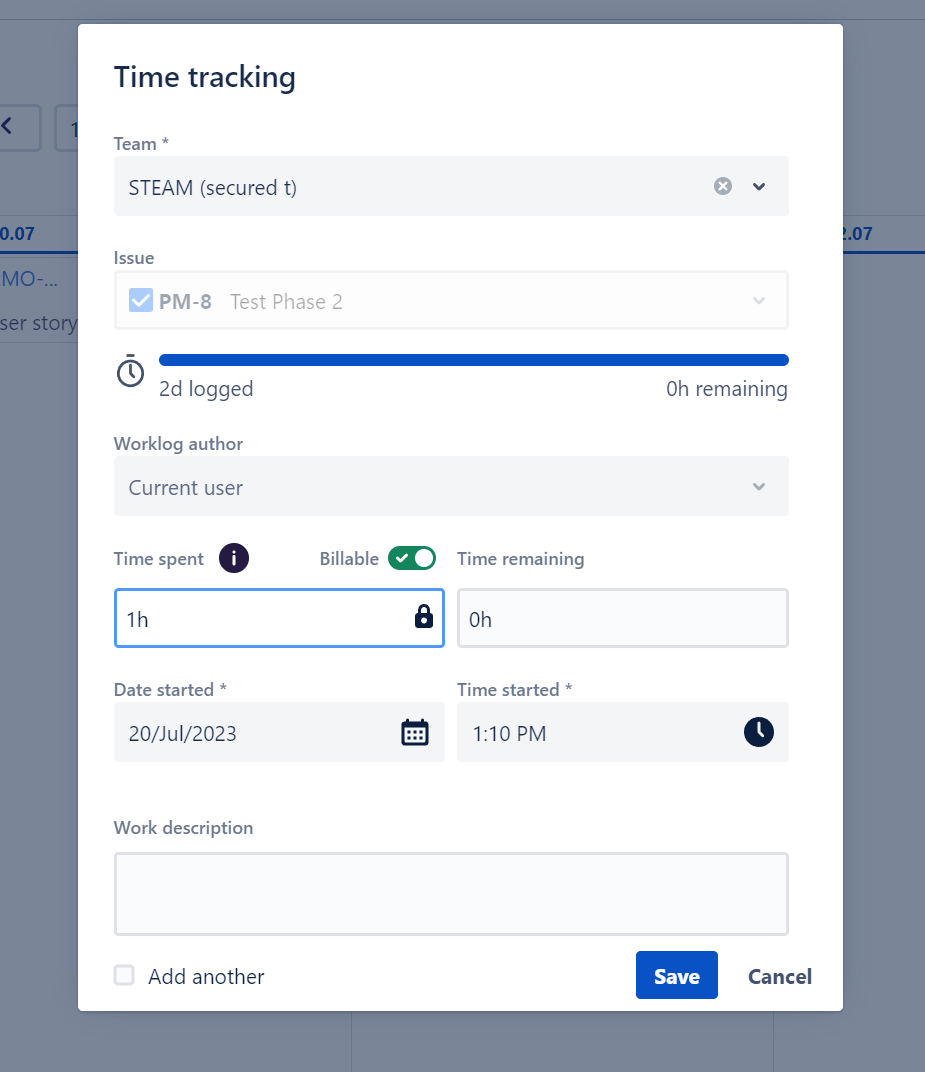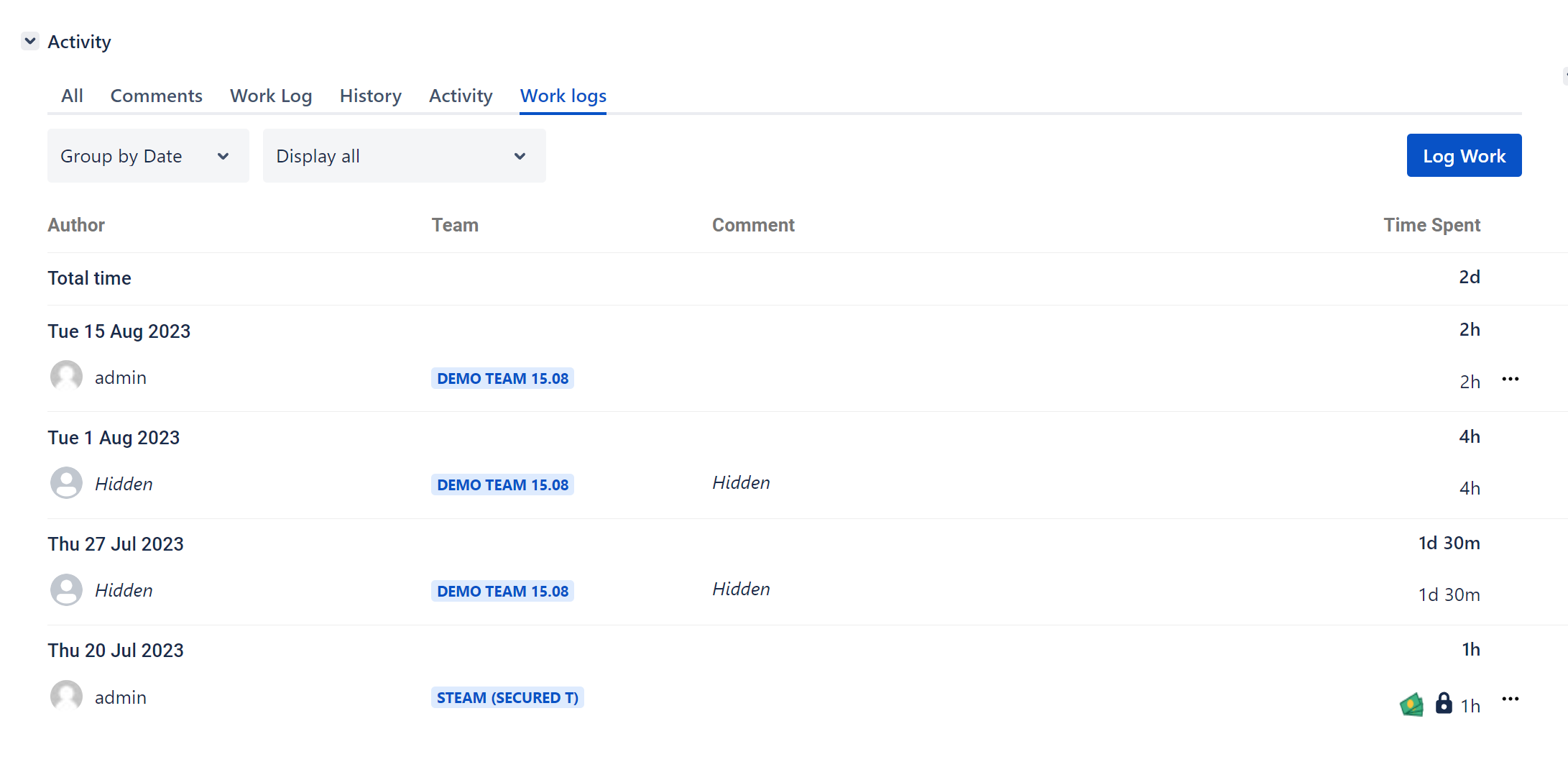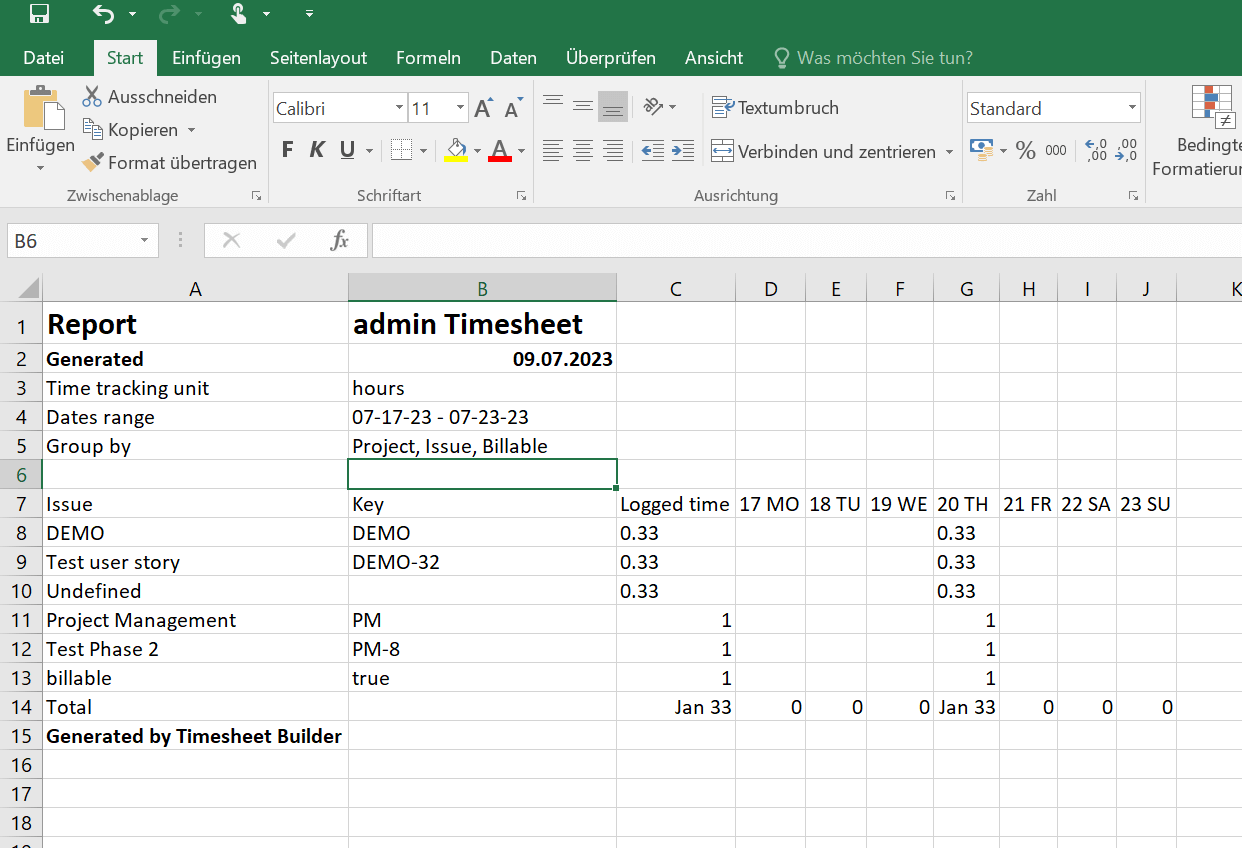What are billable hours?
Billable hours define the working time that is directly spent on a customer project. Since these hours create direct value for the customer and the project due to the close customer relationship, they can be fully billed.
Billable hours are essential because they represent productive time that adds measurable value to customer projects or tasks. They serve as the basis for transparent billing and efficient management of client projects. Billable hours can include diverse activities such as consulting, project management, creative work, technical implementation or any other form of services.
Which activities are billable?
To understand how best to track billable hours, it is first important to clarify exactly which activities are considered billable.
-
Consultations with customers and training sessions
-
Travel time to on-site customer appointments
-
Preparation of individual (also creative) solution proposals
-
Programming and coding work and adaptation of customer requirements
-
Preparation of contracts and legal documents
-
Answering e-mails about the project
-
Developing business strategies, project timelines or data analyses
-
Conducting research on client issues
-
Monitoring and coordinating project activities
-
Risk management and quality assurance
-
Creating designs for logos, graphics, and marketing materials
In short, all hours are billable as long as they are related to the core tasks of the client engagement.
Why should you track billable hours?
Accurately tracking and managing billable hours is critical for businesses and professionals to ensure transparent billing, calculate costs, and ensure profitability of their operations. Billable hours are not only a “check” for clients, but also ensure that service providers’ efforts are appropriately compensated.
This is especially evident in a Tribes.AI survey of 1,200 managers. About 90.5% of respondents are convinced that billable hours are missing, and they estimate the average loss at 21.5%. This means that globally, nearly one in five billable hours is not tracked!
Advantages of tracking billable hours
-
Accurate invoicing
-
Tracking billable hours allows you to accurately invoice the services you provide. This primarily promotes the trust of your customers, as they regard clear and transparent billing as a sign of reliability and professionalism. Finally, working time recording ensures that you are remunerated accordingly for the services you provide.
-
Project Management
-
Tracking billable hours is crucial for effective project management. It allows you to track the progress of individual tasks and projects, create realistic schedules, and allocate resources efficiently. By monitoring the time invested in each project, you gain insight into the associated costs and profitability. This allows you to make informed decisions about which projects should be pursued and which should be avoided.
-
Legal compliance
-
Revenue optimization
-
Accurately tracking billable hours ensures that no revenue is overlooked. Every hour worked contributes to revenue generation, and accurate recording maximizes revenue. Additionally, better visibility into your project-based labor hours gives you the ability to make fact-based assessments of when to offer discounts on larger projects.
-
Improve team management
-
Another benefit of keeping a record of billable hours is the ideal overview of your team members’ working hours. This way, you can easily see where additional guidance or supervision may be needed. This allows you to use team resources more effectively and increase overall productivity (and satisfaction).
Differences between billable hours and non-billable hours
Non-billable time, on the other hand, defines all working time that is not directly related to a task for a customer project and therefore does not represent direct monetary added value.
Non-billable hours include: internal administrative work such as team meetings, concept development for business development, administrative activities, or training for personal development. Although these activities are not billable, freelancers in particular should not do without them, as they are essential for the expansion of the core activities and the (own) brand.
Non-billable hours include, for example
Distinguishing guide: billable or non-billable?
As a small help in making the distinction, you can simply ask yourself as you go about your activities:
-
Does the time it takes me to complete the task contribute to bringing the project to completion?
-
Does the work add measurable value to the project or the client?
-
Is the task I’m working on defined in this way in a (project) contract?
How to track billable hours
To track your billable hours, you should first set an invoicing schedule and define an hourly rate for each project you work on. Then, detailed tracking takes place: track the time spent per project and client. This is followed by invoicing.
There are two ways to document your billable hours:
-
You do it manually, with lists or tools like Excel, or
-
You use automated processes and smart time tracking software.
Track billable hours with Jira
Many companies use Jira software, the powerful project management platform, to streamline their operations and manage projects efficiently. Since the importance of tracking working hours should not be underestimated, Jira has built-in solutions for tracking time. However, since this quickly reaches its limits, there are some time tracking apps that extend Jira’s basic capabilities. Time tracking software that has real-time timers are particularly convenient and time-saving. Tempo as well as Timesheet Builder primarily score here.
We would like to introduce the latter app to you in more detail.
Track billable hours with Timesheet Builder
Timesheet Builder is the ultimate time tracking and billing application for remote teams and businesses of all sizes. Track billable hours with detailed timesheets that show how much time was spent on each project or task without having to repeat yourself. With easy-to-use features and an intuitive interface, Timesheet Builder makes tracking and analyzing billable time seamless.
Begin tracking billable time
Timesheet Builder integrates a timer feature with Jira. To track your work time, simply click the timer’s play icon in the Jira issue.
